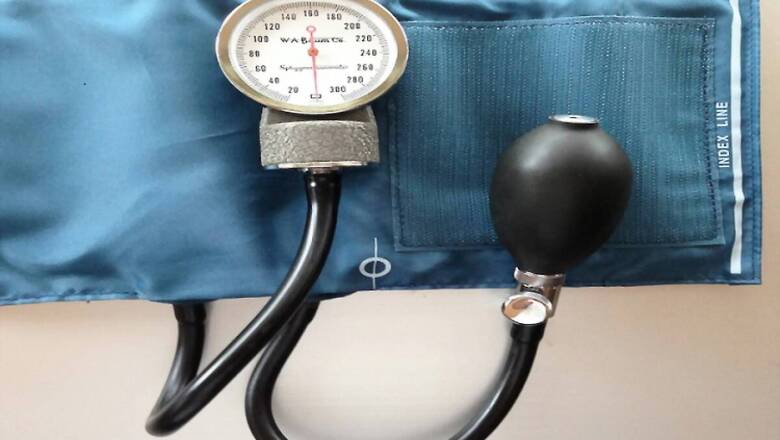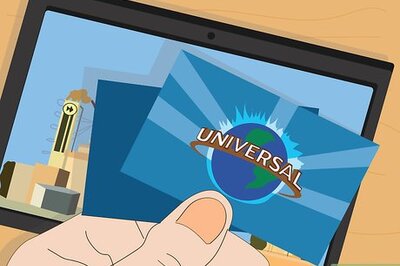
views
No matter who you are and what your age or background is, getting your blood pressure checked regularly is a necessity for people of all ages. This is because having either low or high blood pressure can be bad for your health. What’s more, both these conditions can eventually lead to a number of other chronic diseases if left unchecked. For example, the link between hypertension (high blood pressure) and heart diseases is very well known.
What’s normal about blood pressure
The American Heart Association says that blood pressure measurements of around 120/80 mmHg are considered normal. Blood pressure readings above 130/90 mmHg are considered to be high and below 90/60 are considered to be low. A practiced hand and a good blood pressure machine are key to keeping tabs on your blood pressure.
However, when you go to a doctor’s clinic to get your blood pressure checked ? or when you measure blood pressure at home ? you should know that the way you position your arms or body can have an effect on your blood pressure readings. Moreover, no matter what your age, your blood pressure readings may be different on either arms too. Here’s what you need to know about these factors that affect your blood pressure reading.
Arm position
A study published in the Journal of Human Hypertension in 2003 explains that resting your arms on a table while getting your blood pressure measured is likely to give very different readings than when your arms are resting on your sides. The former position is likely to produce elevated readings, while the latter can give lower than actual readings. So, studies recommend that you should support your arm during the reading in a way that your elbow is resting at the level of your heart.
Body position
A study published in the Journal of Clinical Nursing in 2007 suggests that blood pressure measurements taken while you’re lying down or standing up are more likely to be skewed. When you’re standing up, your blood is rushing towards your feet which is likely to give lower upper body readings. When you’re lying down, it’s likely to be the opposite. So, it is best to sit up straight when your blood pressure is being measured.
Inter-arm-differences
An article in Harvard Health Publishing says that the blood pressure readings can vary depending on which arm you take it from. This difference between the readings in different arms can be of just a few mmHg but studies show that if the inter-arm difference is above 10 mmHg then it doesn’t bode well for your health.
A new study published in the journal Hypertension explains that if the systolic blood pressure measure (the upper number) in both arms presents a difference of even 5 mmHg then it increases your risk of both all-cause and cardiovascular death. This study suggests that a difference of 10 mmHg is the upper limit of normal, and that measuring your blood pressure on both arms is necessary to assess heart disease risks properly.
So, in conclusion, the best way to measure blood pressure is while you’re sitting upright and your right arm is at the level of your heart. Moreover, getting the inter-arm differences in blood pressure measured every time you go in for a check-up is equally important.
For more information, read our article on The right time to check your blood pressure.
Health articles on News18 are written by myUpchar.com, India’s first and biggest resource for verified medical information. At myUpchar, researchers and journalists work with doctors to bring you information on all things health.
Read all the Latest News, Breaking News and Coronavirus News here




















Comments
0 comment